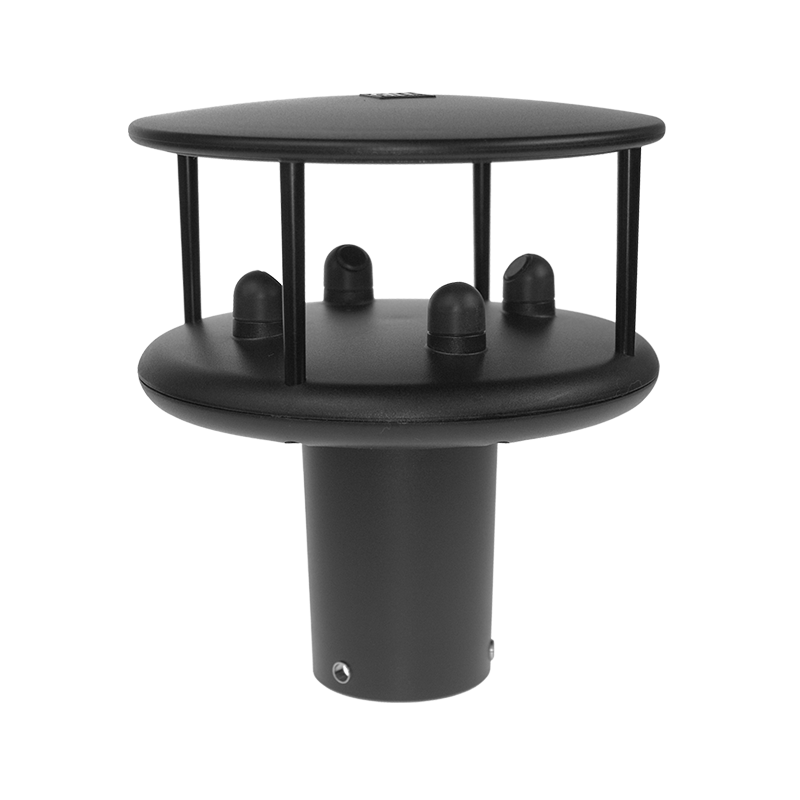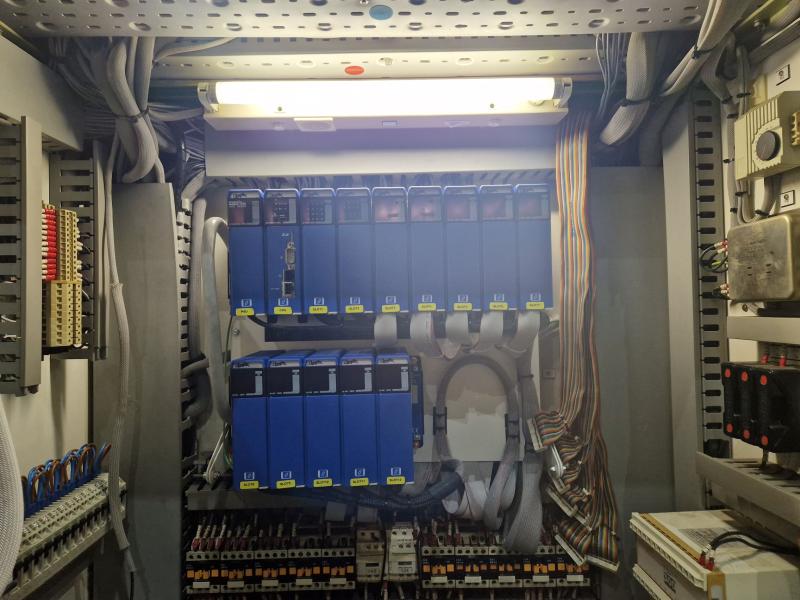Gill Instruments has announced an update to its WindSonic 2-axis wind sensors, WindSonic and WindSonic 75 both now have Modbus output alongside existing output options.
The WindSonic 2-axis anemometers are used extensively in applications that require integration into larger management and control systems across industries such as construction, renewable energy, manufacturing, and environmental monitoring.
These applications include:
• Building and infrastructure management including bridges, tunnels and skyscrapers - including the world's tallest, the Burj Khalifa;
• Large renewable energy installations, including solar and wind farms, requiring connected networks for monitoring, system management and maintenance;
• Industrial automation, using PLCs and SCADA systems;
• Environmental monitoring systems, integrating with other sensors to provide comprehensive weather and environmental data including World Meteorological Organisation (WMO)-compliant gust measurement – a parameter increasingly required to inform and control systems in extreme weather conditions.
WindSonic wind sensors are selected across the world for applications requiring:
• Well proven accuracy and reliability;
• Low maintenance for low total cost of ownership;
• Models and outputs to suit most applications.
Find out more: https://gillinstruments.com/compare-2-axis-anemometers/windsonic-2axis/






